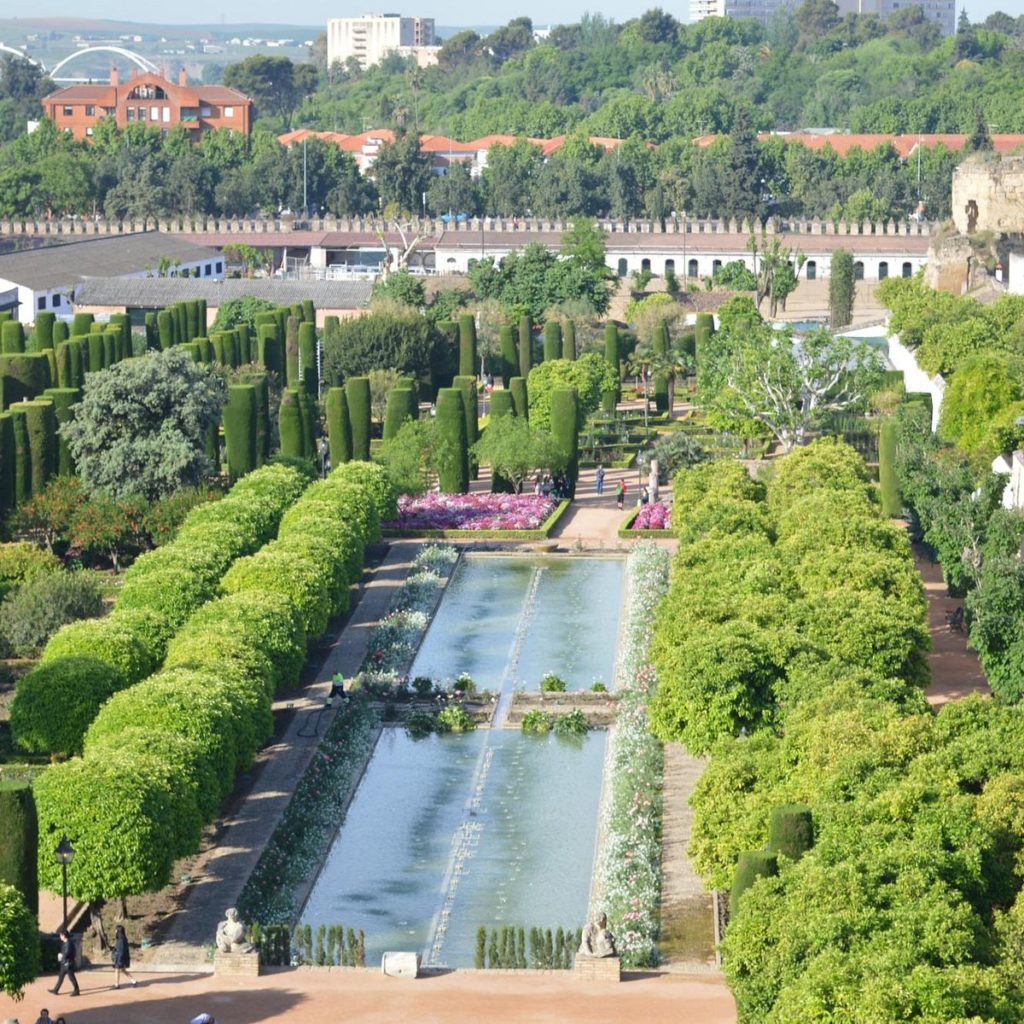
HOTEL RIVIERA
The Alcázar
The Alcázar de los Reyes Cristianos, a fortress and palace with solid walls, encloses a large part of the architectural evolution of Córdoba inside. Roman and Visigothic remains coexist with those of Arab origin in this majestic site, since it was the favorite place of the different rulers of the city. When Córdoba was conquered by Fernando III the Saint in 1236, the building, which was part of the old Caliphal Palace, was totally devastated. Alfonso X the Wise begins its restoration, completed during the reign of Alfonso XI. Throughout history it has been given multiple uses, as the Headquarters of the Holy Office (Inquisition), or prison (in the first half of the 19th century).
HOTEL RIVIERA
El Cristo de los Faroles
The popular Plaza de Capuchinos impresses with the sobriety of its design. The austere immaculate walls are interrupted by the stone doorways of the Santo Ángel convent.
In the center of the square stands one of the most singular images of Córdoba: El Cristo de los Faroles. The whiteness of the walls that surround it startles the dramatic effect of this baroque crucified. The four iron lanterns that accompany it have configured the name of the sculpture.
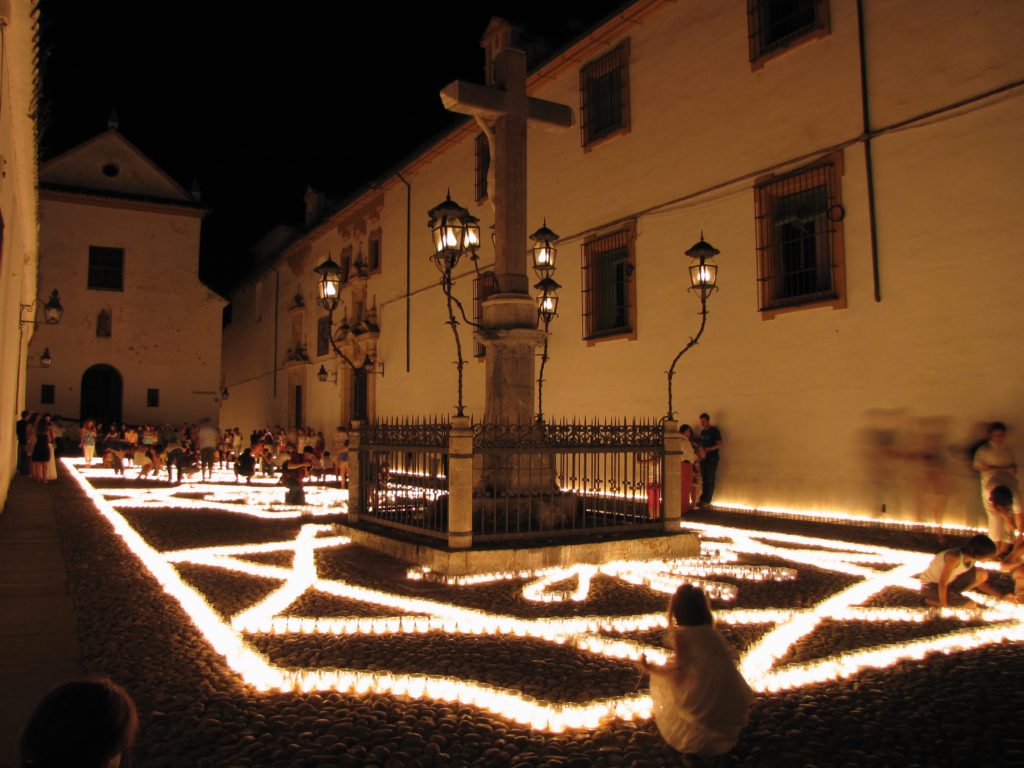
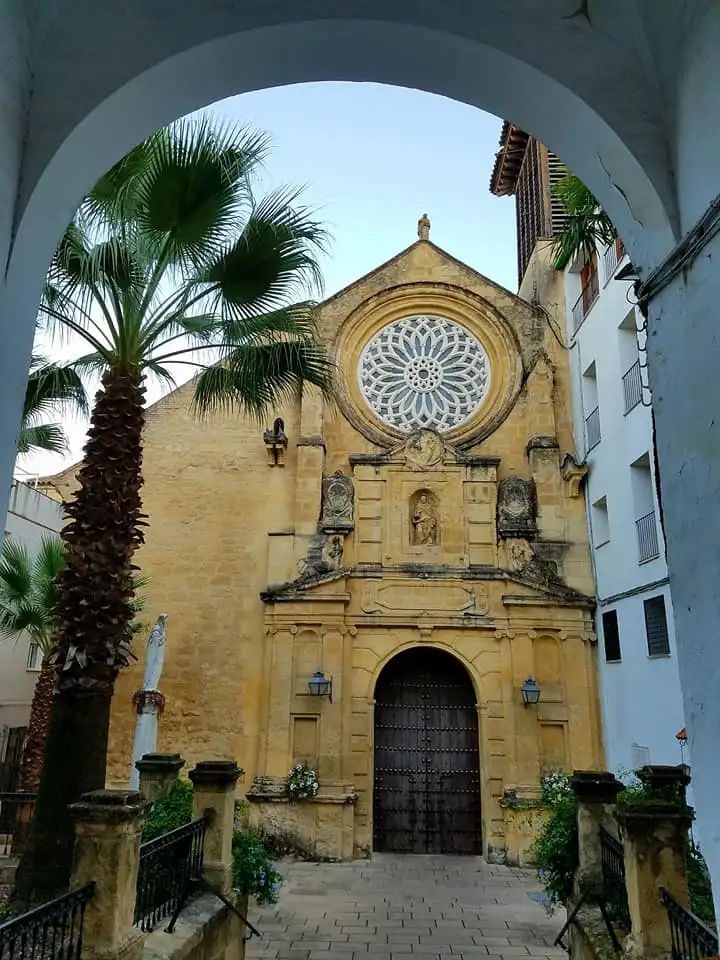
HOTEL RIVIERA
San Pablo
Iglesias Fernandinas are called a group of religious buildings ordered to be built by King Fernando III el Santo after the conquest of Córdoba in 1236. The imposition of many of them on previous mosques shows a clear willingness to eradicate the Islamic influence, so evident in the city, as well as to repopulate some areas with Christian subjects.
Fernando III projected fourteen snacks or parish neighborhoods, seven in the Axerquía and seven in the old Medina, since then called Villa. These are buildings in which a marked Romanesque air is intertwined with Gothic and Mudejar.
HOTEL RIVIERA
Medina Azahara
Medina Azahara, the lavish and mysterious city that Abd-al Rahman III ordered to be built at the foot of the Sierra Morena, eight kilometers from the capital Córdoba, contains, even in its name, legendary stories. The popular tradition affirms that, self-proclaimed Abd al-Rahman III caliph in 929 AD, and after eight years of reign, he decided to build a palatine city in honor of his favourite, Azahara. However, recent studies provide strong evidence of the cause that prompted the caliph to found Medina Azahara. A renewed image of the newly created Caliphate Independent of the West, strong and powerful, one of the largest medieval kingdoms in Europe, is accepted as the most likely origin of the new Medina.
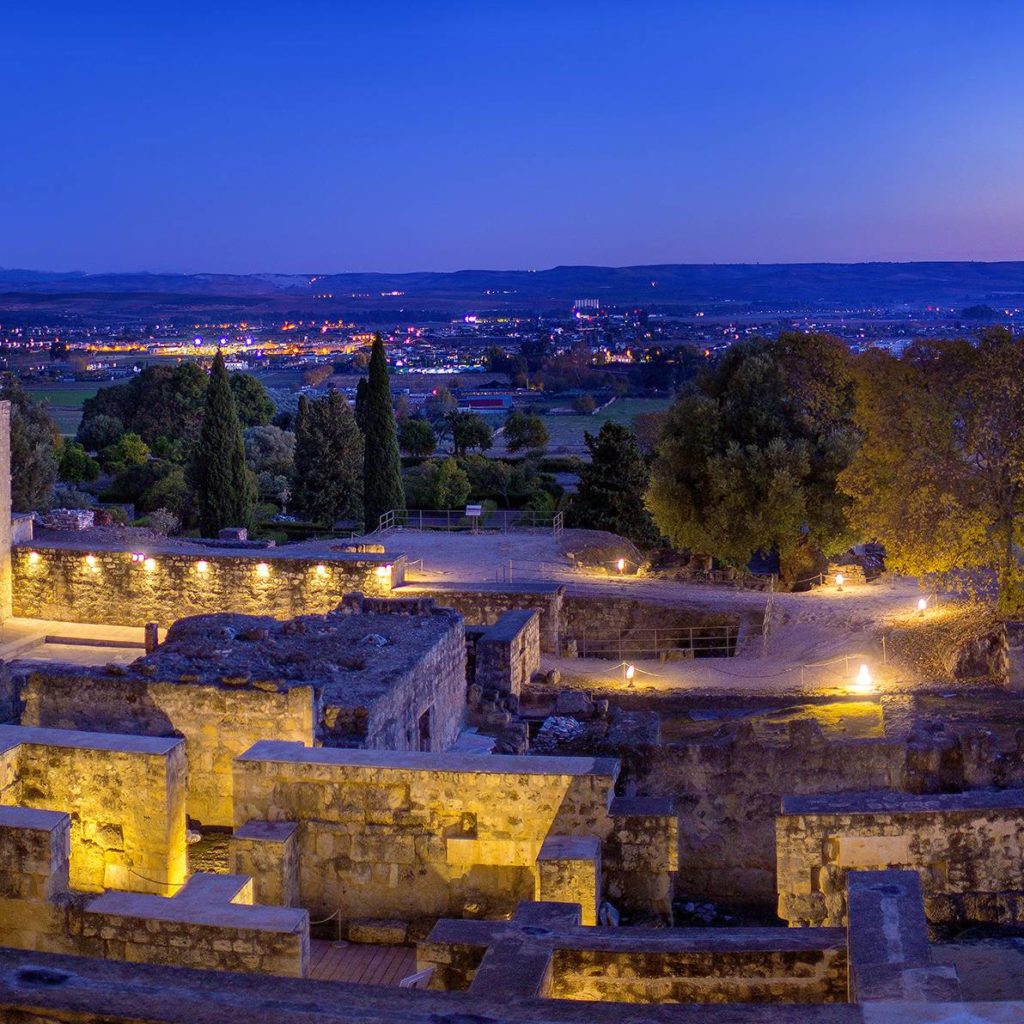

HOTEL RIVIERA
The Cathedral-Mosque of Cordoba
The Cathedral-Mosque of Córdoba (World Heritage Site since 1984) is the most important monument in the entire Islamic West and one of the most amazing in the world. Its history summarizes the complete evolution of the Umayyad style in Spain, as well as the Gothic, Renaissance and Baroque styles of Christian construction.
The place that our Mosque, Cathedral occupies today seems to have been, since ancient times, dedicated to the worship of different divinities. Under Visigothic rule, the Basilica of San Vicente was built on this same site, on which, after paying part of the site, the original mosque was built. This rectangular basilica was shared by Christians and Muslims for a while. When the Muslim population grew, the basilica was totally acquired by Abderraman I and destroyed for the definitive construction of the first Alhama or main Mosque of the city. At present some constructive elements of the Visigothic building are integrated into the first section of Abderraman I.
The great Mosque consists of two distinct areas, the porticoed patio or sahn, where the minaret stands (under the Renaissance tower), the only intervention by Abd al-Rahman III, and the prayer room or haram. The interior space is arranged on a concert of columns and two-tone arcades with a great chromatic effect. There are five zones into which the enclosure is divided, each corresponding to the different extensions carried out.
HOTEL RIVIERA
Julio Romero de Torres Museum
Located in the same building as the Fine Arts building, opposite the Posada del Potro, it was created in 1931, one year after the death of the painter Julio Romero de Torres. Dedicated to his work, it allows us to take a tour of his life, from his beginnings to his most splendid and well-known works: La Chiquita Piconera, Naranjas y Limones, Cante Hondo, Poema a Córdoba, etc. The museum has been renovated three times, the last of which was in 2012.


HOTEL RIVIERA
Viana Palace
In the Plaza de Don Gome stands this majestic palace, whose rooms are developed around twelve magnificent patios and a fantastic garden. The different floral species decorate and perfume every corner of the bombastic museum. The last Marchioness of Viana, Sofía de Lancaster, knew how to maintain the exquisite origin of this 14th century palace.
HOTEL RIVIERA
Cordoba’s “Patios”
Declared a World Heritage Site by Unesco in December 2012.
Due to the dry and hot climate of Córdoba, the inhabitants of the city, first the Romans and later the Muslims, adapted the type of popular house to their needs, centering the house around a patio, which normally had a fountain in the center and on many occasions a well that collected rainwater. The Muslims readapted this scheme by entering the house from the street through a hallway and placing abundant vegetation to increase the sensation of freshness.
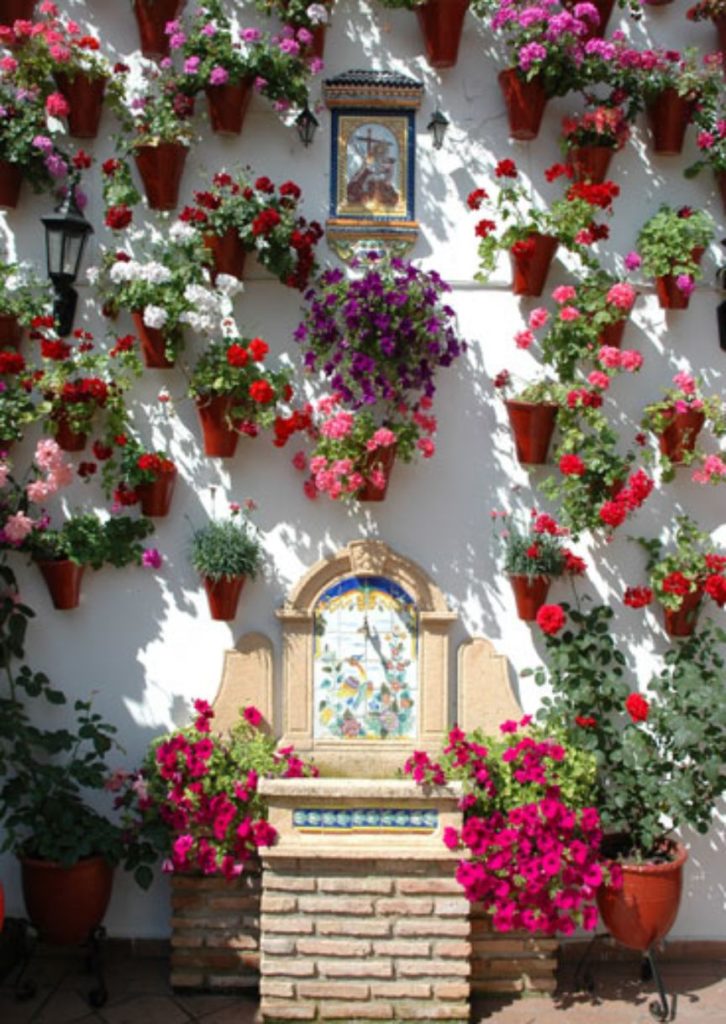
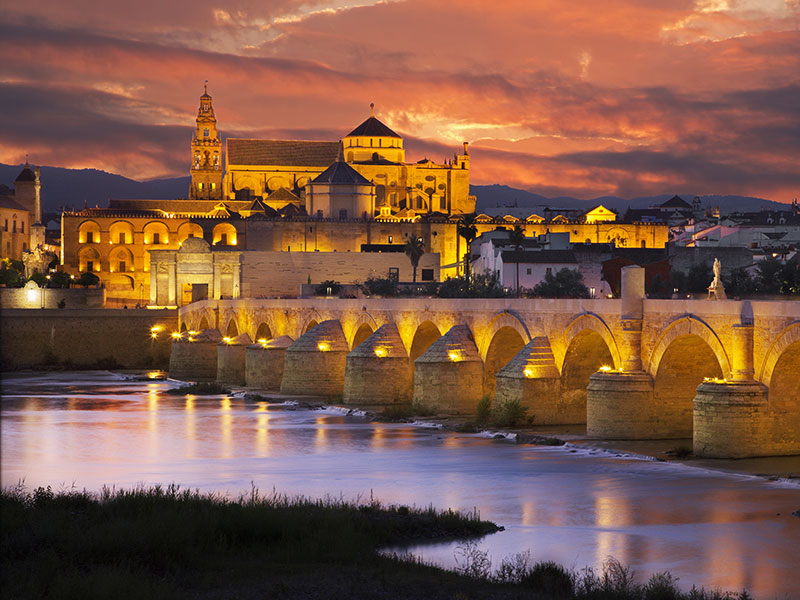
HOTEL RIVIERA
Roman bridge
The set of the Cathedral-Mosque, the river, the Puerta del Puente and the Roman Bridge of Córdoba itself, make up one of the most exquisite views of the city, especially if it is visited at sunset, at that uncertain hour in which the last sunbeams gild the surfaces. The aforementioned bridge, built in the 1st century BC. C., has undergone several renovations throughout history. The main structure dates from the Middle Ages, the most recent intervention being in 1876. It consists of sixteen arches, four pointed and the rest semicircular. In the center of the parapet stands a sculpture of San Rafael, a work from the 16th century, made by Bernabé Gómez del Río.
HOTEL RIVIERA
The synagogue
Unique in Andalusia and third of the best preserved from medieval times in all of Spain, the Synagogue of Córdoba is located in the Jewish quarter. Built between the years 1314 and 1315 according to the inscriptions found in the building, it served as a temple until the final Jewish expulsion. Through the patio there is access to a small hall. To the right of this go up the stairs that give access to the female area. In front is the main room. With a quadrangular plan, it is decorated with Mudejar atauriques. The wall that supports the women’s tribune opens with three arches decorated with plasterwork of great beauty. In 1492 the Jews were expelled, the temple being used as a hospital, later becoming the hermitage of San Crispin and, finally, a children’s school. At the end of the 19th century it was declared a National Monument.
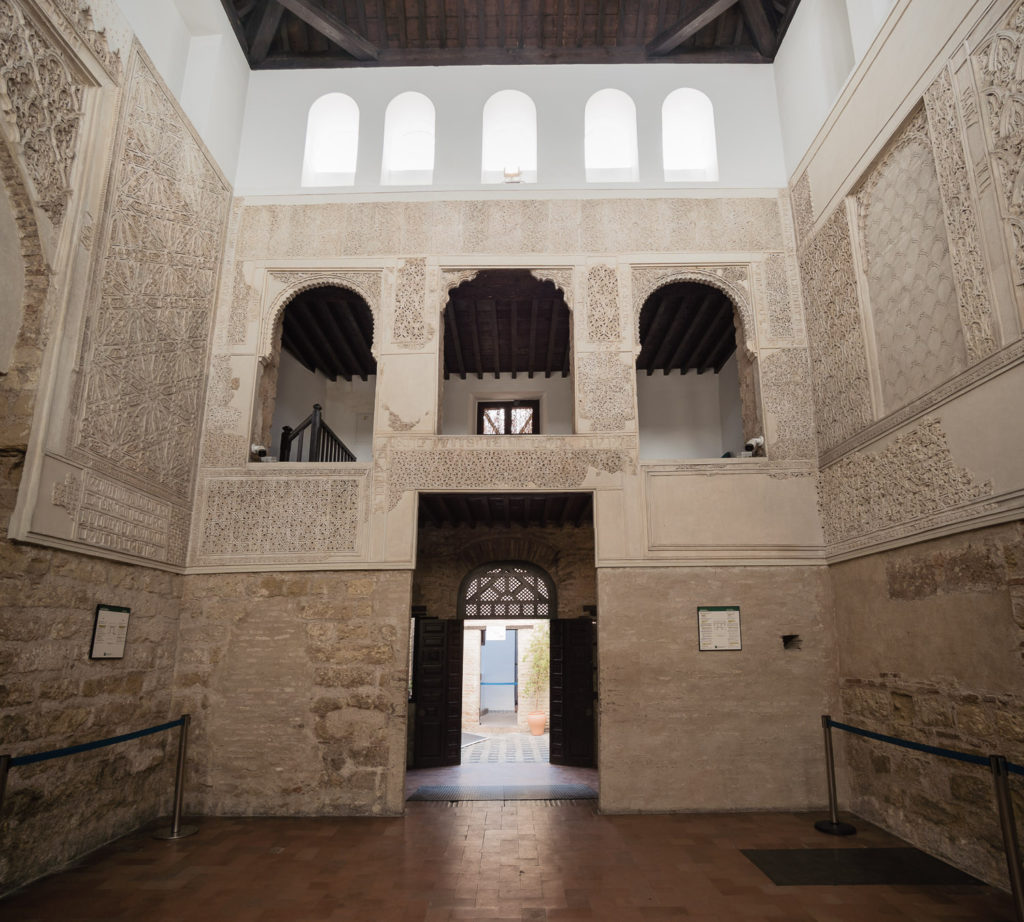
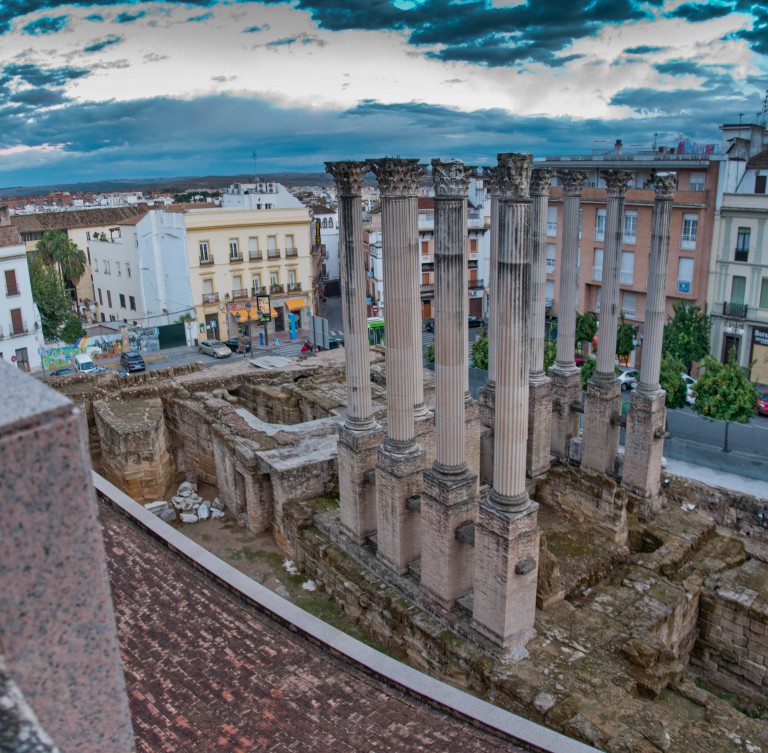
HOTEL RIVIERA
Roman temple
Next to the Town Hall, the only Roman Temple in Córdoba of which archaeological evidence has come down to us is located. Dedicated to the imperial cult, it amazes for its large dimensions. He was part of the Provincial Forum together with a circus. Originally it was raised on a podium and had six Corinthian-type free-standing columns at its entrance. In front of it stood the ara or altar. The reconstruction, carried out by the architect Félix Hernández, has brought to Córdoba another example of the grandeur of this city in Roman times. Some of the original pieces of the temple are exhibited in the Archaeological Museum or in unusual and beautiful corners of the city, such as the fluted column in the Plaza de la Doblas.
Reopened in December 2013 and enjoying new lighting, the Roman Temple of Córdoba can be visited and also offers different activities. All the information about it can be found at www.temploromanodecordoba.com.

